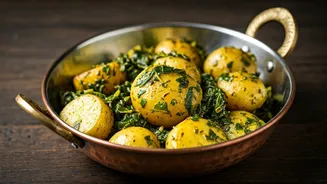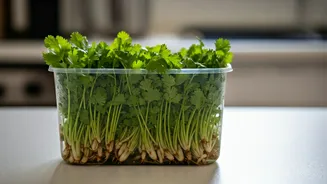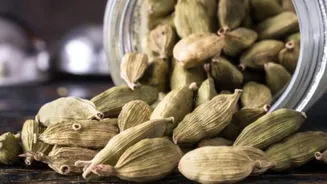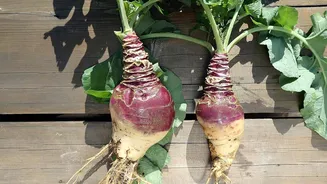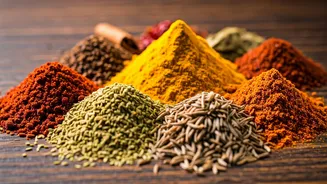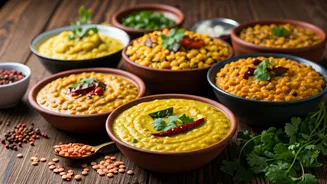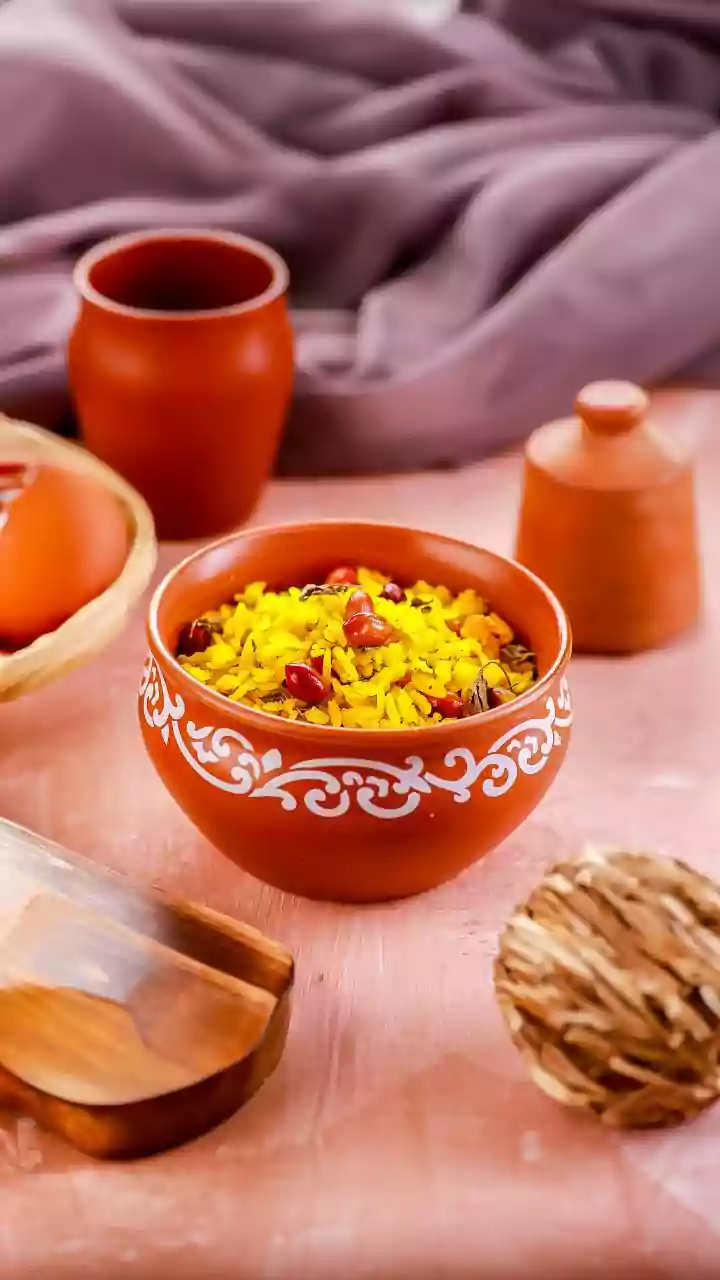Choose The Right Leaves
The initial step towards preparing superb Methi Aloo starts with the selection of fenugreek leaves. It's crucial to pick the leaves with care; this selection directly
affects the final taste. Discard any thick stems, as they contribute to a bitter taste profile, which can negatively impact the overall enjoyment of the dish. Moreover, be sure to wash the leaves thoroughly before commencing the cooking process. Fenugreek leaves contain inherent moisture, and during cooking, this moisture is released. Therefore, choosing leaves wisely is the foundation for creating a Methi Aloo dish that is not only palatable but also perfectly balanced, achieving the intended harmony of flavors and textures that define this beloved dish.
Handle Leaf Moisture
A pivotal aspect in mastering Methi Aloo involves managing the moisture content effectively. Fenugreek leaves, by their nature, retain moisture within their structure. During the cooking process, this moisture is released, which, if not carefully controlled, can lead to a dish that is excessively watery. To prevent this, it's essential to avoid adding any extra water to the dish. The goal is to keep the Methi Aloo relatively dry to ensure the potatoes don't become mushy and the flavors concentrate. By focusing on minimal moisture, the final result will be a dish with a delightful texture and taste that will keep everyone wanting more.
Reduce Leaf Bitterness
To fully appreciate the Methi Aloo, it's vital to address the inherent bitterness often found in fenugreek leaves. Numerous simple yet effective techniques can mitigate this bitterness, enhancing the dish's overall flavor profile. One of the most effective methods is to avoid the thick stems of the leaves, as they contribute significantly to the bitter taste. Thoroughly washing the leaves also helps to reduce the bitterness by removing any surface impurities. Another helpful tip is to avoid overcooking the leaves; prolonged cooking can intensify the bitter compounds. These practical tips help balance the dish, ensuring that the final Methi Aloo is not only less bitter but also more flavorful and enjoyable, capturing the essence of the classic winter dish.
Avoid Overcooking Leaves
Overcooking fenugreek leaves is a common mistake that can compromise the taste of your Methi Aloo. The leaves should be wilted but not excessively cooked. Overcooking can lead to a bitter and unappetizing dish, stripping away the fresh and vibrant qualities of the greens. The key is to achieve a balance where the leaves are tender but still retain their texture and flavor. Keep a close eye on the leaves as they cook, stirring frequently to ensure they cook evenly. This careful attention will prevent the leaves from becoming mushy and maintain the desired consistency. By carefully managing the cooking time, you'll be able to preserve the taste and make a Methi Aloo dish that's visually appealing and deliciously satisfying.
Aim For Perfect Balance
Methi Aloo's ultimate goal is balance. The dish relies on the harmonious interaction of several key components: the softness of the potatoes, the tenderness of the greens, and a dry consistency. The potatoes should be perfectly cooked, offering a soft texture without becoming mushy. The fenugreek leaves should be wilted, with the bitter edge removed, enhancing their natural flavors. This balance extends to the overall moisture level, which should be minimal to prevent a watery result. When these elements are in sync, the flavors combine, ensuring that each bite of Methi Aloo is a testament to the perfect balance. This makes the dish not just a meal but an experience, evoking the warmth and comfort of a traditional winter favorite.
